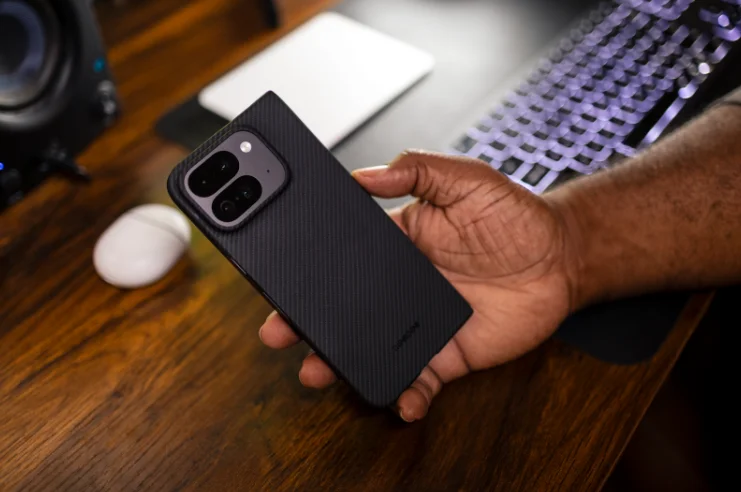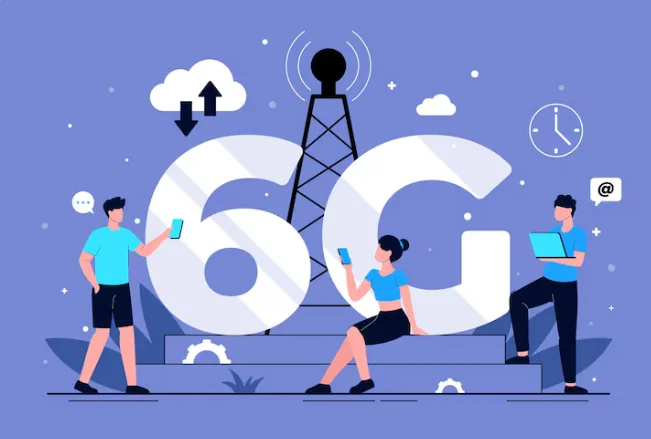How Social Media Advertising Shapes Modern Marketing Strategies

Table of Contents
Why Use Social Media Ads?
Choosing the Right Platforms
Targeting Modern Audiences
Creative Content Tips for Standout Campaigns
Measuring What Matters: Key Metrics
Budgeting for Best Results
Adapting to Platform Changes
Looking Ahead: The Future of Social Advertising
Why Use Social Media Ads?
Social media advertising has rapidly evolved from experimental budget lines to a central pillar in the modern marketing toolkit. There is a simple reason: people spend more time on these platforms than ever before. It’s not just about young users anymore; adults of all ages interact, shop, and search on social networks every day. Statistics show that over 4.8 billion people across the globe actively use social media, and this number keeps rising as internet access expands and digital habits deepen. Brands can no longer afford to ignore these platforms if they want sustained growth and increased visibility. Social media ads provide an efficient gateway to find new customers, build loyal communities, and test creative messaging at scale without massive upfront costs. By growing your brand with paid social media, businesses can reach hyper-specific audiences, guide them through sales funnels, and immediately measure real results—something traditional billboards, radio, and TV can’t accomplish directly or cost-effectively.
Choosing the Right Platforms
With a sea of platforms vying for attention, choosing the right one to invest in can be a make-or-break decision. Every network has developed its identity, audience profile, and favored content types. Facebook remains a giant for diverse age groups, Instagram commands younger and visually-motivated consumers, TikTok thrives on trend-driven creativity, and LinkedIn attracts high-value professionals in B2B sectors. Meanwhile, platforms like Pinterest and Reddit offer niche discovery and community engagement opportunities. Successful marketers don’t just cross-post the same ad everywhere. Instead, they analyze which platforms best match their audience’s habits and content preferences. A beauty brand, for instance, is likely to gain traction through Instagram Reels or TikTok tutorials, where authenticity breaks through to busy users. A software provider may get more qualified leads by sharing insights and case studies on LinkedIn. Start focused by testing content on a small selection of platforms based on your product and customer base, then double down on whichever shows the most substantial return on both engagement and conversions.
Targeting Modern Audiences
Precision targeting is the most significant value social media advertising brings to marketing teams. Gone are the days of guessing who will see your ads. Now, platforms empower advertisers to reach prospects by demographics, interests, behaviors, purchasing intent, and even the time of day they are most active online. Retargeting tools then continue the conversation with users who engaged before, keeping your brand at the top of their minds as they browse the web. Modern strategies are built on audience data and insights—an accelerating trend. Marketers who succeed study platform analytics, run A/B tests on messaging, and adjust audiences based on real behavior. Many industry professionals point to the importance of audience insights in campaign planning as a key differentiator for cost efficiency and conversion growth. With more privacy measures appearing, honest data collection and ethical targeting will become the new normal.
Creative Content Tips for Standout Campaigns
Creative content separates the ordinary from the extraordinary on social media. While high-quality visuals used to be enough, today’s users scroll past content quickly unless it connects with them immediately. Brands succeed with user-generated content, bold but straightforward headlines, and relatable storytelling, like behind-the-scenes clips, humor, or mini tutorials.
Use concise, easy-to-grasp copy that tells the story at a glance
Feature authentic moments and real people instead of only high-gloss models
Test multiple formats—try carousels, short-form videos, polls, or memes
For instance, a fitness brand saw a massive lift in engagement by encouraging real customers to share before-and-after stories. This kind of relatability not only stops the scroll but also encourages shares, comments, and further reach beyond just paid placements. Oddly enough, the less polished and more “human” content often breaks through algorithmic noise.
Measuring What Matters: Key Metrics
While chasing likes, follows, or shares is tempting, sophisticated marketers focus on significant key performance indicators. Engagement is still essential for brand awareness, but if your goal is sales or lead generation, metrics like click-through rate (CTR), conversion rate, return on ad spend (ROAS), and cost per acquisition (CPA) take center stage. Monitoring these allows businesses to optimize budgets in real-time and adjust strategies for maximum ROI. The push for smarter measurement has only intensified in the wake of privacy changes and growing digital competition. Many teams now blend platform-specific analytics with external tracking tools like Google Analytics or customer relationship management (CRM) software. Insights from the latest trends in advertising expectations suggest organizations that align metrics with business goals—not surface-level vanity figures—outperform their peers and future-proof their strategies.
Budgeting for Best Results
Ironically, some of the most successful advertisers started with the smallest budgets. The most innovative approach is to define your top goal—like leads, signups, or purchases—and begin with a pilot campaign to test which messages, visuals, and targeting options are most effective. Run A/B tests or split campaigns with limited funds, analyze the data, and then gradually scale up what’s working. It minimizes risk and makes every dollar accountable. For those less experienced with bidding types, combine automated strategies (which use machine learning to maximize performance) and manual control (for more granular budget tweaks). Set aside a “test and learn” fund each month, and avoid the temptation to spend the entire budget on one creative idea. Consistency and careful measurement almost always outperform trying to go viral overnight.

The Hidden Business Power of Storytelling Through Books

Diamond Painting Apps & Digital Tools for 2025 Artists

Pallet Wood Sourcing: Ethical and Sustainable Practices

Accelerating drug discovery through the DEL-ML-CS approach

AI in Marketing Is No Longer a Buzzword — It’s the Strategy

The Full Guide To Penetration Testing

Pixel 10 Pro Fold Case: Why Choose Aramid Fiber?

MT4 for Mac vs Windows: Which Version Works Better for Traders








